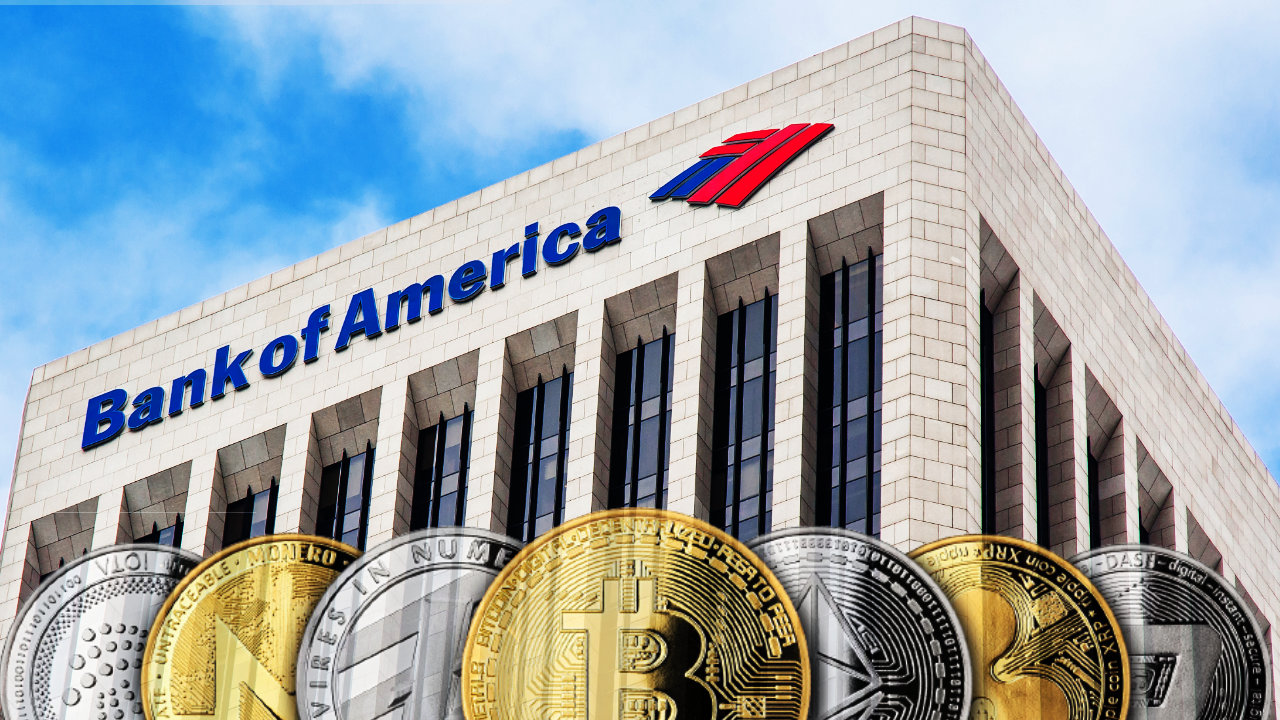Rising Opportunities for Bitcoin Amid U.S. Fiscal Dominance
The current economic landscape is witnessing a seismic shift as the U.S. enters what investment strategist Lyn Alden refers to as an era of “fiscal dominance.” This term encapsulates a profound change in monetary policy’s relationship with government deficits, suggesting potential bullish dynamics for Bitcoin as a hedge against monetary debasement.
Understanding Fiscal Dominance
Alden’s insights suggest that traditional monetary policy is becoming increasingly influenced by expansive government deficits. As she explains, this paradigm began to emerge around 2016-2017, driven chiefly by significant demographic changes, particularly the retirement of the baby boomer generation. Importantly, this shift suggests that the ability of the Federal Reserve to combat inflation through interest rates may ultimately exacerbate deficits rather than resolve them.
“When they raise rates, it does slow down bank lending but it actually blows out the deficit by an even bigger number than it slows down bank lending,” Alden emphasizes, highlighting a critical conundrum facing policymakers.
This situation creates a fertile ground for alternative financial instruments, especially Bitcoin, which is often viewed as a store of value amidst inflationary pressures. As the government navigates fiscal challenges, Bitcoin’s role as a hedge seems poised to gain traction, contingent upon its ongoing adoption and utility.
Trends indicating Bitcoin’s correlation with market conditions.
The Vital Role of Liquidity
In her examination, Alden also noted Bitcoin’s strong correlation with global liquidity measures. Her findings revealed that Bitcoin trends alongside liquidity approximately 83% of the time over 12-month periods, a higher correlation than any other asset class examined. Nevertheless, she urges caution against oversimplification, as there are instances—about 17%—where Bitcoin diverges due to other influencing factors such as market valuations.
This liquidity analysis underscores Bitcoin’s role as not merely a speculative asset but as a viable alternative in a fluid and often unpredictable macroeconomic environment. Continuing adoption of Bitcoin—both from individual and institutional investors—will be crucial as it attempts to solidify its position amid evolving economic realities.
Litecoin’s ETF Prospects and Market Dynamics
Shifting gears to Litecoin (LTC), the cryptocurrency is experiencing heightened interest due to recent ETF application speculations. On October 17, 2024, Canary Capital submitted an S-1 application with the U.S. SEC for the first-ever Litecoin spot ETF, the market’s reactions have been palpable. Notably, Litecoin surged to consolidate above the $71 mark, reflecting a 6.5% uptick over 48 hours.
Optimism from Litecoin’s Creator
Charlie Lee, founder of Litecoin, expressed fervent optimism regarding the ETF’s approval timeline. During recent communications, he indicated that the SEC could potentially greenlight the application as early as 2025 based on currents trends. This optimism is mirrored in the rising institutional demand for Litecoin, manifesting in the exponential growth of the Grayscale Litecoin Trust.
“I’m excited to see the Litecoin ETF filing by Canary Capital. We are definitely seeing a lot of institutional demand for Litecoin. This is clear from the daily growth of the Grayscale Litecoin Trust with a price that is over twice the NAV,” Lee stated.
Price movements demonstrating Litecoin’s volatility.
Volatility and Future Forecasts
The excitement surrounding the Litecoin ETF has added fuel to an active trading environment, with directional momentum in Litecoin markets increasing by nearly 15% over the last two weeks. Observations show LTC crossed from $69 to nearly $72 in a brief span as speculations intensified. However, market volatility indicates lingering uncertainties influenced by broader cryptocurrency market dynamics, including Bitcoin fluctuations.
Current predictions suggest that if Litecoin can sustain above the resistance level at $75.67, a bullish trajectory towards the $80 mark could be imminent, igniting potential further investment interest. The Relative Strength Index (RSI) of Litecoin currently stands at 55.78, suggesting a moderate momentum that could pave the way for a breakout.
Visual representation of Litecoin’s market volatility.
Conclusion: A Convergence of Trends
In conclusion, both Bitcoin and Litecoin are positioned within a complex web of fiscal dynamics, market liquidity, and regulatory developments. Alden’s analysis suggests that for Bitcoin, the journey ahead will heavily rely on its integration into financial practices as a new form of money. Conversely, Litecoin’s potential ETF approval appears to be a game-changer, potentially solidifying its status as a commodity in the eyes of regulatory bodies.
These intertwined narratives reflect not only the resilience of cryptocurrencies in a shifting economic landscape but also underscore the increasing relevance of educational resources and informed dialogue around digital assets’ roles in modern finance.














